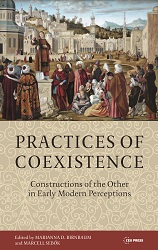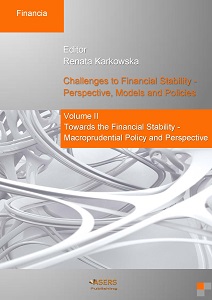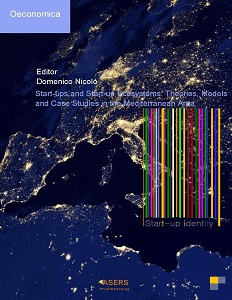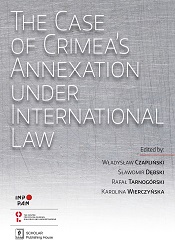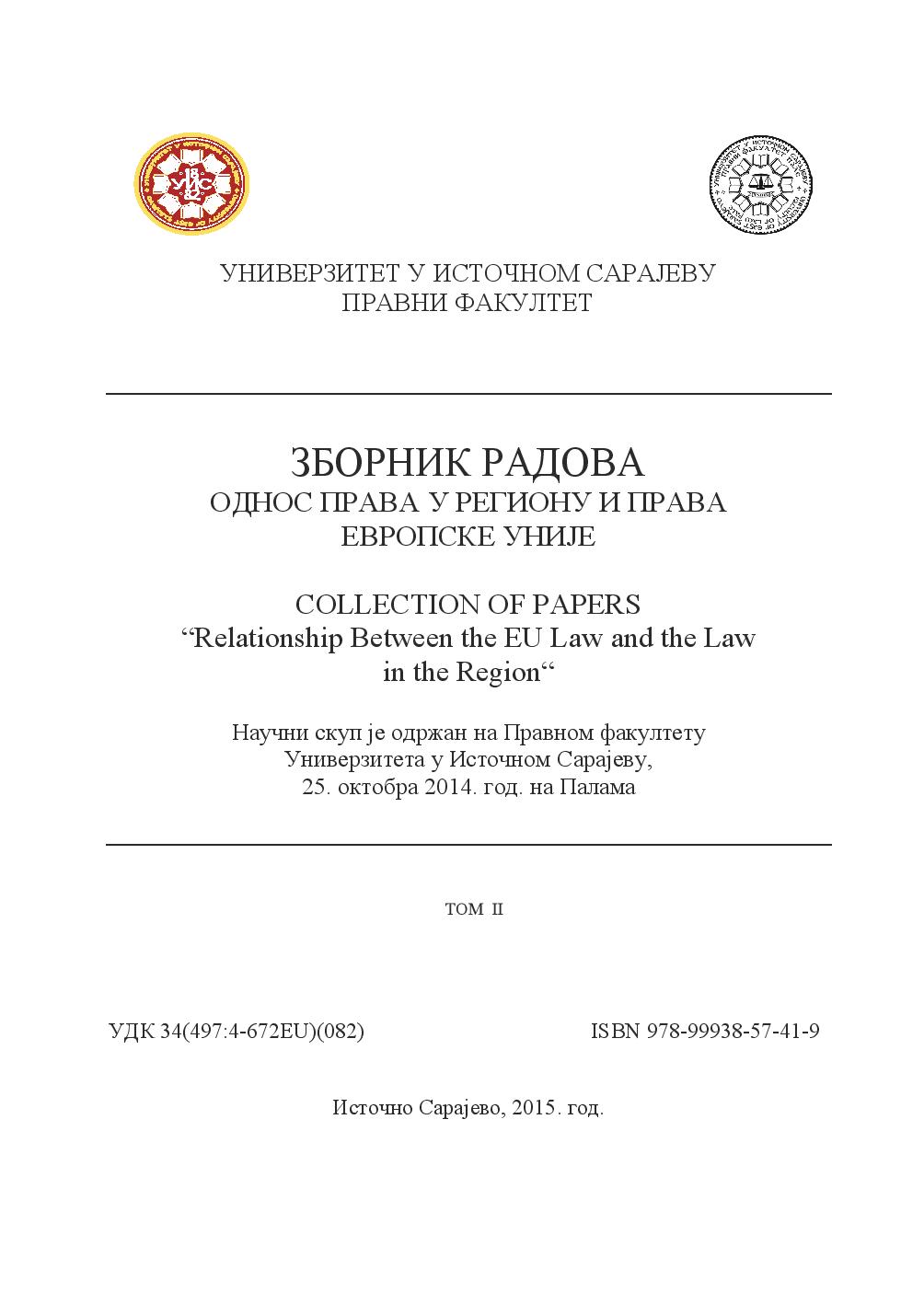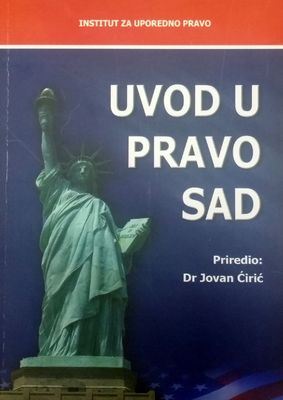
On Certain Aspects of Title VII of the 1964 Civil Rights Act
O nekim aspektima Glave VII federalnog zakona o građanskim pravima iz 1964.
Keywords: prohibition of employment discrimination; Title VII of the 1964 Civil Rights Act; burden of proof in discriminatory cases
The 1964 Civil Rights Act, which was the first major civil rights legislation since the Reconstruction era, was enacted to deal with the remaining forms of segregation and to that end it addressed discrimination in public accommodations, education, exercise of voting rights and employment. Title VII prohibition of workplace discrimination, which had its roots in the Unemployment Relief Act of 1933, have brought great change in the life of a million of Americans belonging to the traditionally marginalized groups. Once legal challenges to the constitutionality of Title VII were resolved the American courts started to build the rules of evidence in the Title VII cases. In McDonnell Douglas Corp. v. Green and in Griggs v. Duke Power Co. the Supreme Court shaped two major theories and on the basis of them developed two major methods of proving discrimination in employment. The “disparate treatment theory” and “disparate impact theory” respectively, are still used as the prevailing frameworks for interpreting the Title VII provisions in most discrimination cases involving circumstantial evidence. These two methods have proved as equally useful in all types of employment actions – from a failure to hire or promote to termination of a contract and discriminatory application of a seniority system. Differently from the progressive role the Supreme Court had had in the first two decades after the enactment of Title VII, in the late 1980’s and early 1990’s, civil rights activists and litigants experienced mounting frustration over a more and more rigid interpretation of the Title VII provisions in the decisions of this supreme judicial body. After the Supreme Court’s decisions in Wards Cove Packing Co. v. Antonio and in Price Waterhouse v. Hopkins, there was a general feeling that the Court had seriously misinterpreted the political will and Congress quickly began the process of setting a different course. The Civil Rights Act of 1991 highlights the relationship between the Court and Congress in interpreting Title VII and it came as a direct response of the Congress to the Supreme Court ruling in the two cases. The 1991 Act added a new subsection to Title VII codifying the “disparate impact theory” of discrimination. In response to Price-Waterhouse ruling, the 1991 Act provided that where the plaintiff shows that discrimination was a motivating factor for an employment decision the employer is liable even though it proves it would have made the same decision in the absence of a discriminatory motive. However, even after these legislative changes the question remains whether the Title VII system of protection can adequately respond to the more subtle and complex forms of discrimination featuring the XXI century workplace. The so-called “second generation workplace discrimination” involve social practices and patterns of interaction among groups that lead to the exclusion of non-dominant groups. These patterns of exclusion often cannot be directly traced to intentional, distinct actions of particular workplace actors and may be visible only at the level of a general trend. Furthermore, the general presence of symbolic forms of compliance with Title VII provisions in the majority of business entities does not necessarily mean that these forms result in substantive change. Rather, the process of “menagerialization of law”, when the discrimination-related problems are recast as interpersonal or managerial issues and “workplace diversity” postulated as the ultimate attainment of the prohibition of discrimination, tend to undermine the logic of the American anti-discrimination law.
More...
